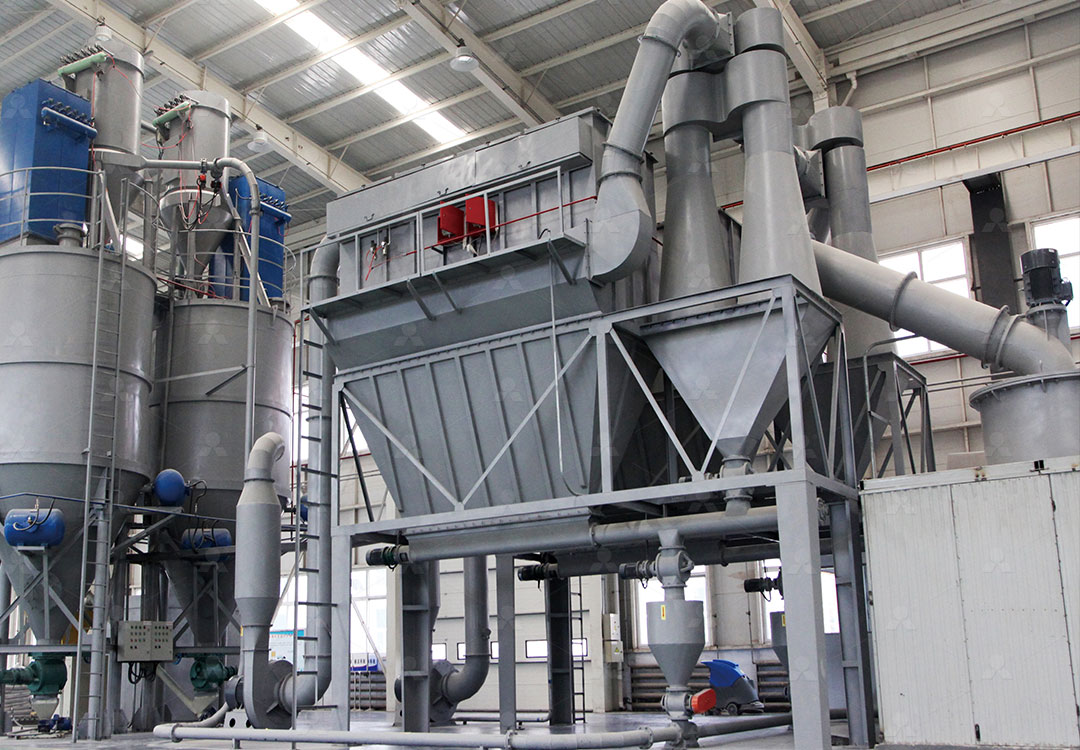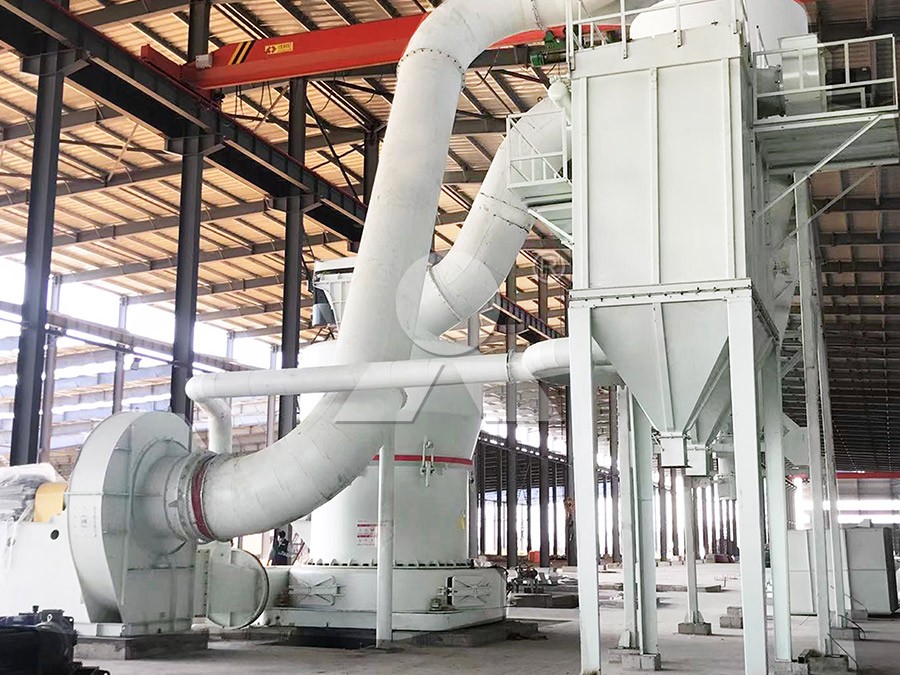High Pressure Trapezium Grinding Mill for Chemical Raw Material Processing
High Pressure Trapezium Grinding Mill for Chemical Raw Material Processing
In the demanding world of chemical raw material processing, achieving consistent particle size distribution while maintaining operational efficiency presents significant challenges. Traditional grinding methods often fall short in meeting the stringent requirements for purity, fineness, and production capacity demanded by modern chemical applications. The evolution of grinding technology has led to the development of advanced milling solutions specifically engineered to overcome these limitations.

The Critical Role of Precision Grinding in Chemical Manufacturing
Chemical raw materials require meticulous processing to ensure optimal performance in final products. Whether producing additives for plastics, pigments for coatings, or active ingredients for pharmaceuticals, the particle size and distribution directly impact product quality, reactivity, and stability. Inconsistent grinding can lead to batch variations, reduced efficacy, and potential production issues downstream.
Modern chemical applications demand grinding equipment capable of handling diverse materials—from soft, heat-sensitive compounds to hard, abrasive minerals—while maintaining precise control over final particle characteristics. The equipment must also address environmental concerns, particularly dust containment and noise reduction, to comply with increasingly strict regulatory standards.
Advanced Technology for Superior Performance
Among the various grinding solutions available, trapezium grinding mills have emerged as particularly well-suited for chemical applications. Their unique design incorporates multiple grinding rollers that apply progressive pressure to materials, resulting in efficient size reduction with minimal energy consumption. The trapezoidal configuration creates optimal grinding conditions that prevent material buildup and ensure consistent throughput.
For operations requiring ultra-fine powders with precise particle distribution, the MW Ultrafine Grinding Mill represents a significant technological advancement. This innovative equipment processes materials with input sizes up to 20 mm and delivers production capacities ranging from 0.5 to 25 tons per hour. Its sophisticated design addresses common grinding challenges through several key features:

Key Advantages for Chemical Processing
The MW Ultrafine Grinding Mill incorporates German cage-type powder selector technology, enabling precise fineness adjustment between 325 and 2500 meshes. This level of control is essential for chemical applications where specific surface area and particle size distribution critically influence product performance. The mill achieves remarkable screening efficiency, with d97≤5μm attainable in a single pass.
Operational reliability is enhanced through the elimination of rolling bearings and screws within the grinding chamber. This design innovation prevents common failure points and eliminates machine damage caused by loose fasteners. External lubrication systems allow maintenance without production stoppages, supporting continuous 24-hour operation that chemical processing often demands.
Environmental compliance is addressed through integrated pulse dust collection and noise reduction systems. The efficient pulse dust collector ensures dust-free operation across the entire milling system, while specialized silencers and noise elimination measures maintain workplace comfort and regulatory compliance.
Optimized for Diverse Chemical Applications
The versatility of modern trapezium grinding mills makes them suitable for processing various chemical raw materials, including limestone, calcite, dolomite, gypsum, barite, talc, and numerous specialty chemicals. These materials find applications across multiple industries—from paints and coatings to cosmetics, pharmaceuticals, and food additives.
For operations requiring even greater precision and efficiency, the LUM Ultrafine Vertical Grinding Mill offers additional advantages. With its advanced grinding roller technology and German powder separating technology, this mill provides exceptional control over final product characteristics. The reversible structure simplifies maintenance, while multi-head powder separating technology enables rapid switching between different production requirements.

Maximizing Return on Investment
Beyond technical performance, modern grinding equipment must deliver economic benefits through reduced operating costs and enhanced productivity. Advanced trapezium mills achieve up to 40% higher production capacity compared to jet mills and double the output of traditional ball mills, while consuming only 30% of the energy required by jet milling systems.
Digital manufacturing techniques ensure exceptional precision in core components, contributing to extended service life and consistent performance. Comprehensive technical support and genuine spare parts availability further protect operational continuity, minimizing downtime and maintenance expenses.
Frequently Asked Questions
What chemical raw materials are suitable for processing in trapezium grinding mills?
Trapezium grinding mills effectively process various chemical raw materials including limestone, calcite, dolomite, gypsum, barite, marble, talc, petroleum coal, and numerous specialty chemicals. The equipment handles materials with hardness up to 9 Mohs and moisture content below 10%.
How does the MW Ultrafine Grinding Mill achieve such precise particle size control?
The MW mill incorporates advanced German cage-type powder selector technology that enables precise adjustment of fineness between 325-2500 meshes. Multi-head cage-type selectors can be configured according to specific production requirements for yield, fineness, and sieving rate.
What environmental features do modern trapezium grinding mills include?
Contemporary designs integrate efficient pulse dust collectors that prevent dust pollution throughout the milling system. Additional environmental measures include silencers, noise elimination rooms, and fully sealed systems that operate under negative pressure to contain particles.
How does the energy consumption compare to traditional grinding methods?
Advanced trapezium mills typically reduce energy consumption by 30-50% compared to conventional grinding systems. The MW Ultrafine Grinding Mill consumes only 30% of the energy required by jet mills while delivering 40% higher production capacity.
What maintenance advantages do these grinding mills offer?
The absence of rolling bearings and screws in the grinding chamber eliminates common failure points. External lubrication systems enable maintenance without shutdowns, while reversible structures in some models allow easy access to grinding components for inspection and replacement.
